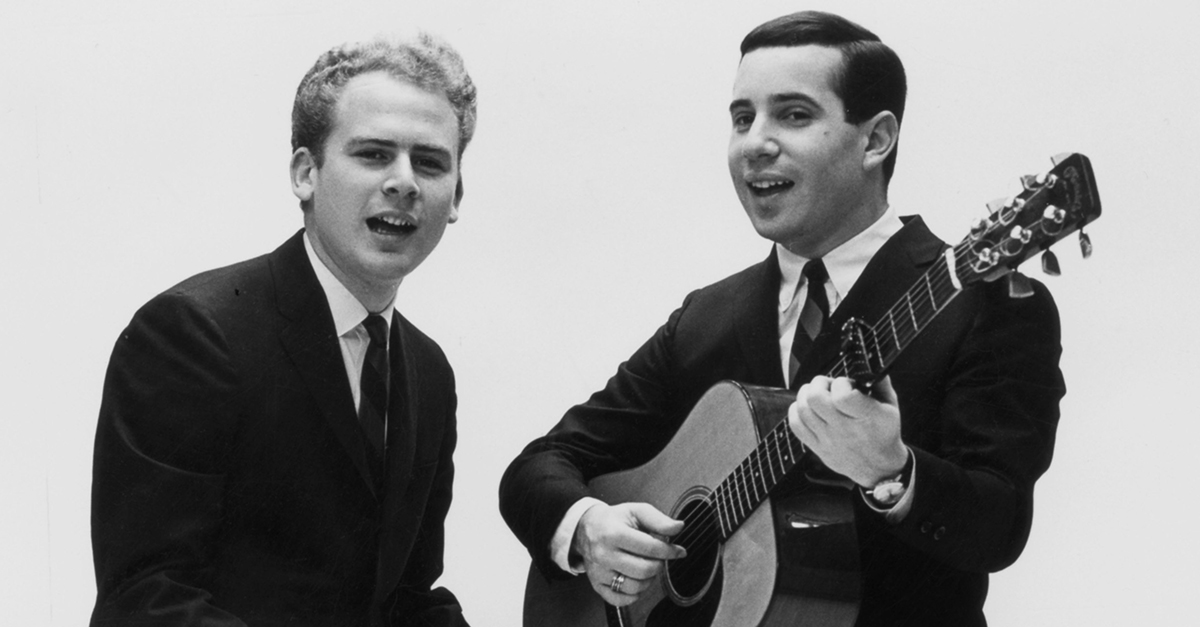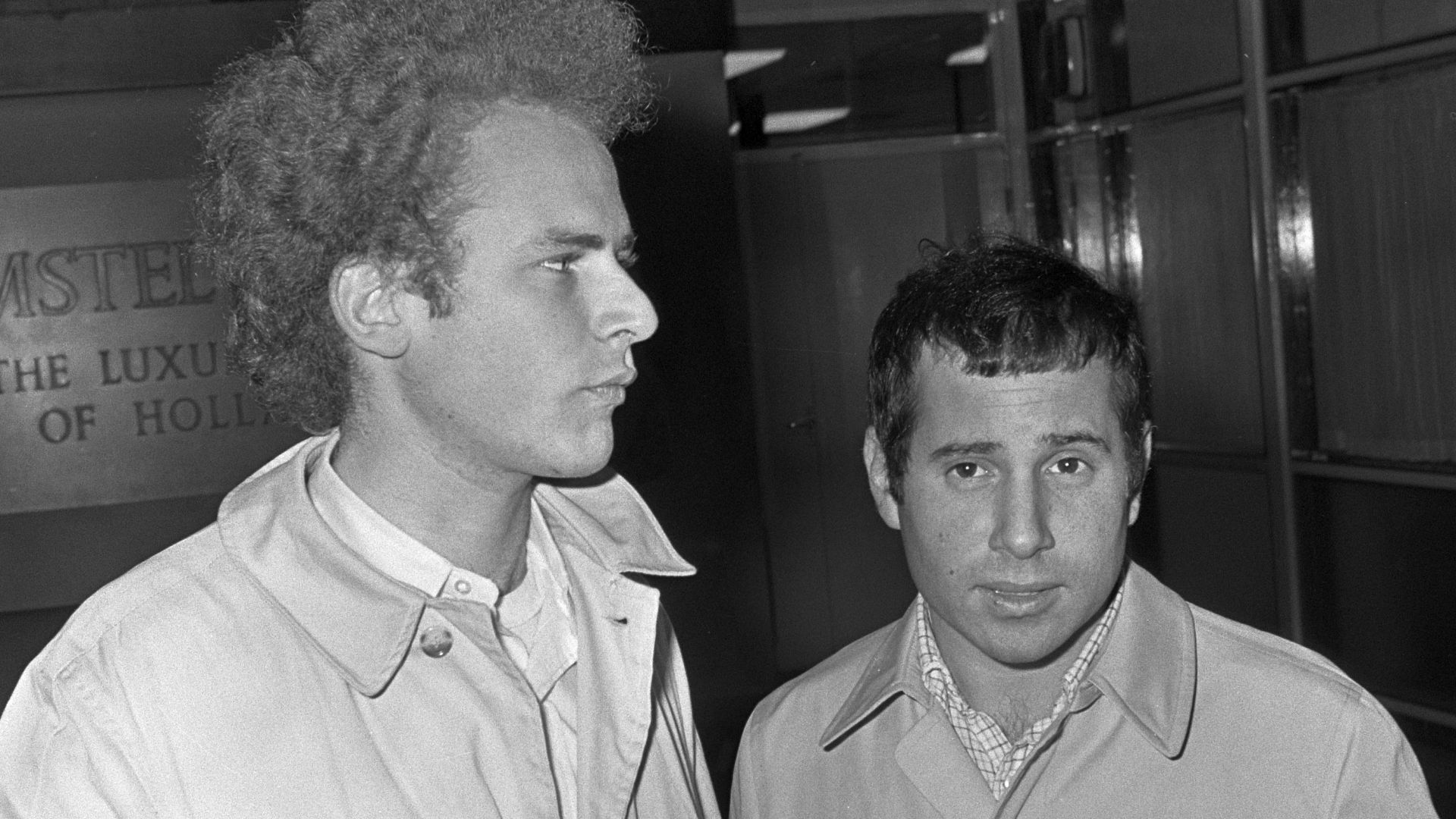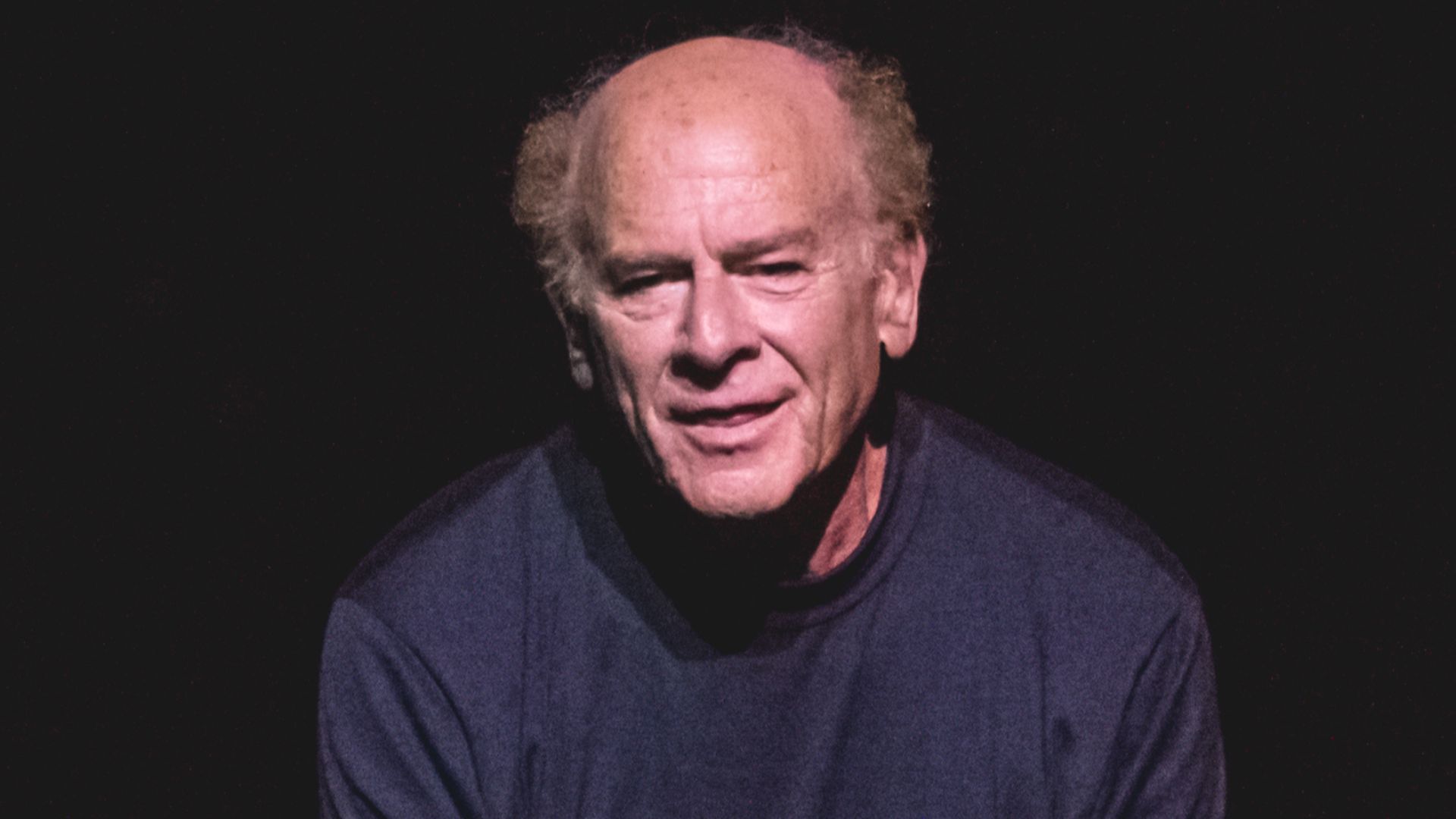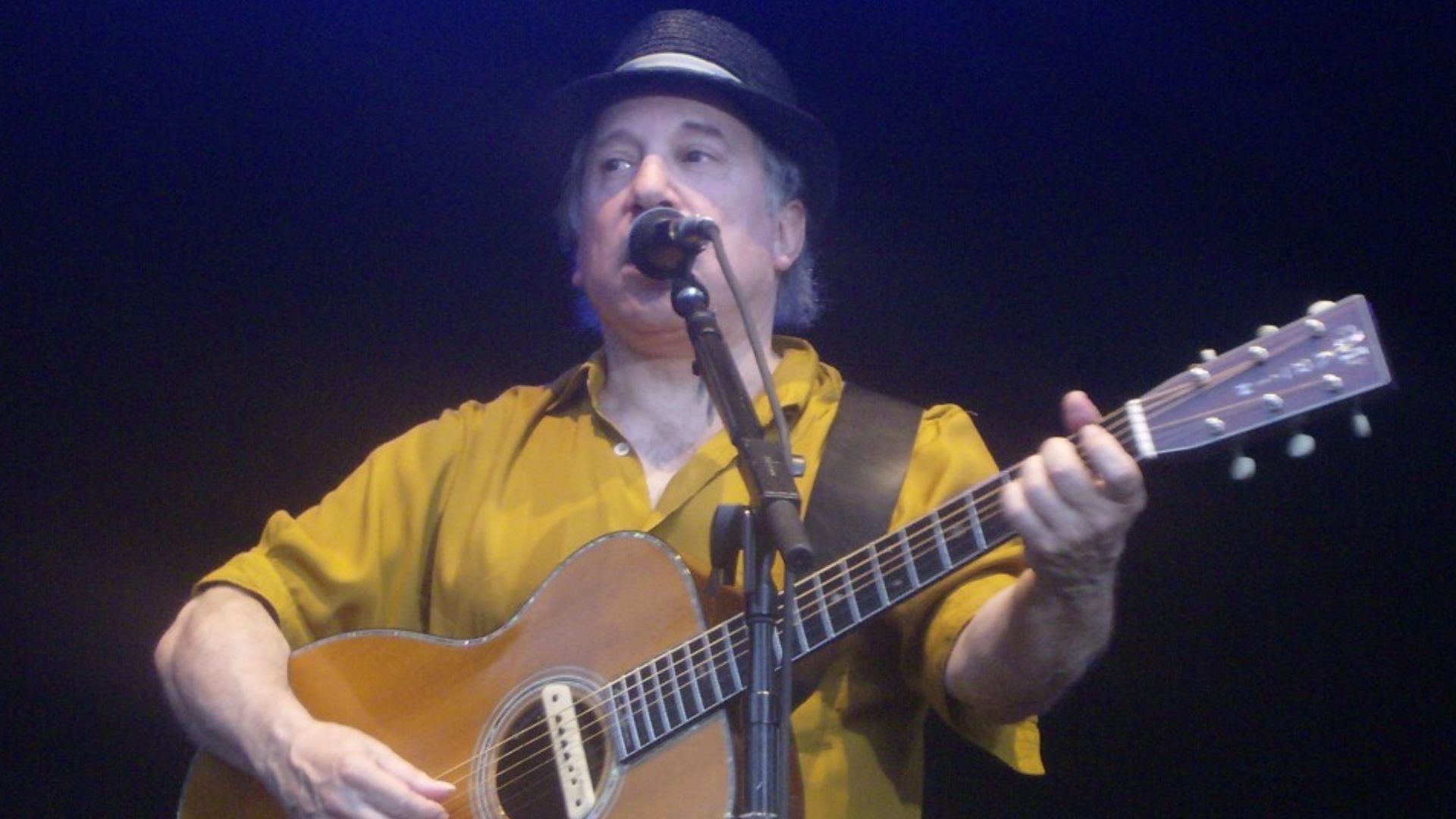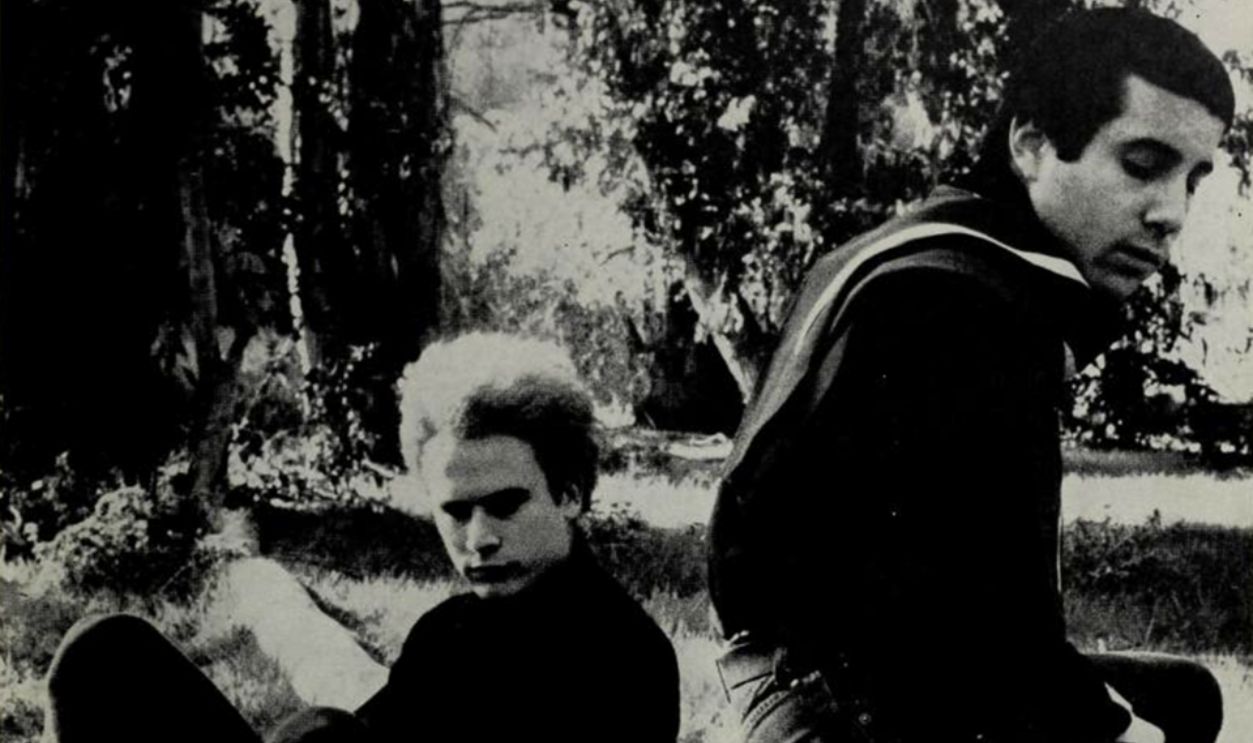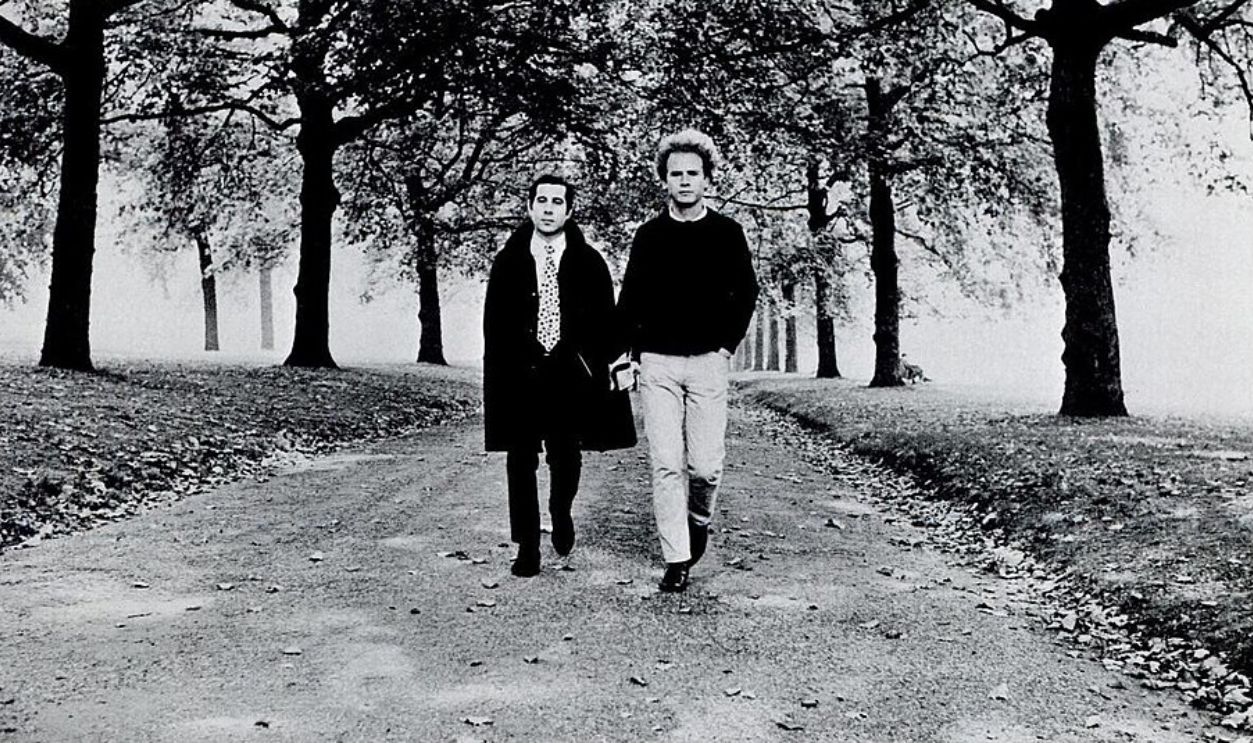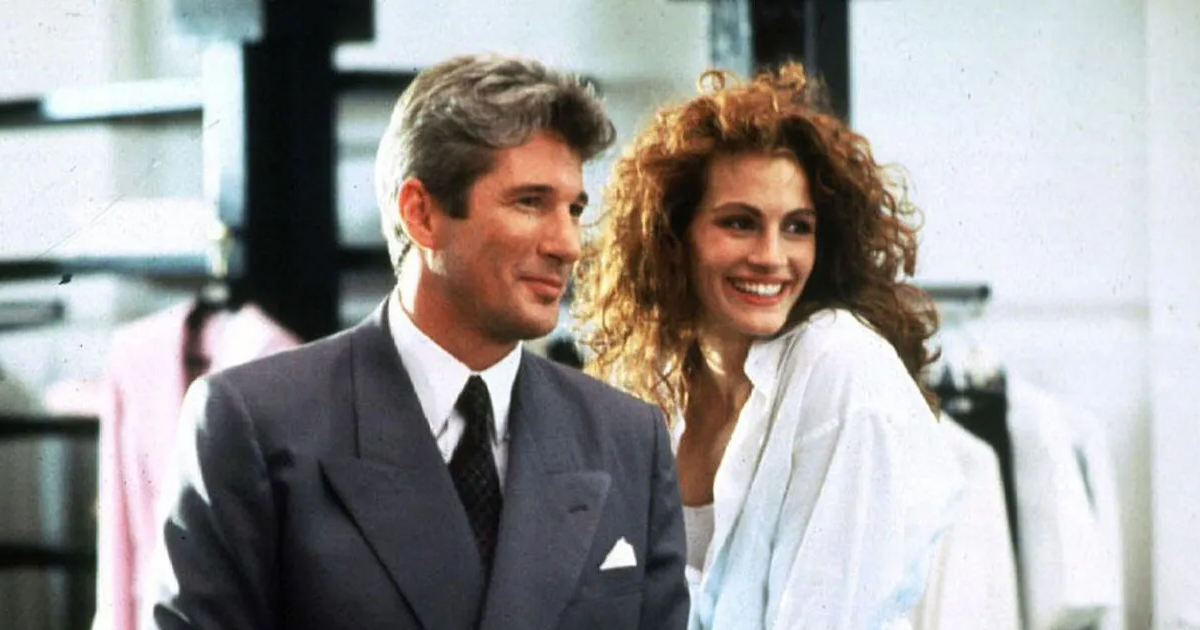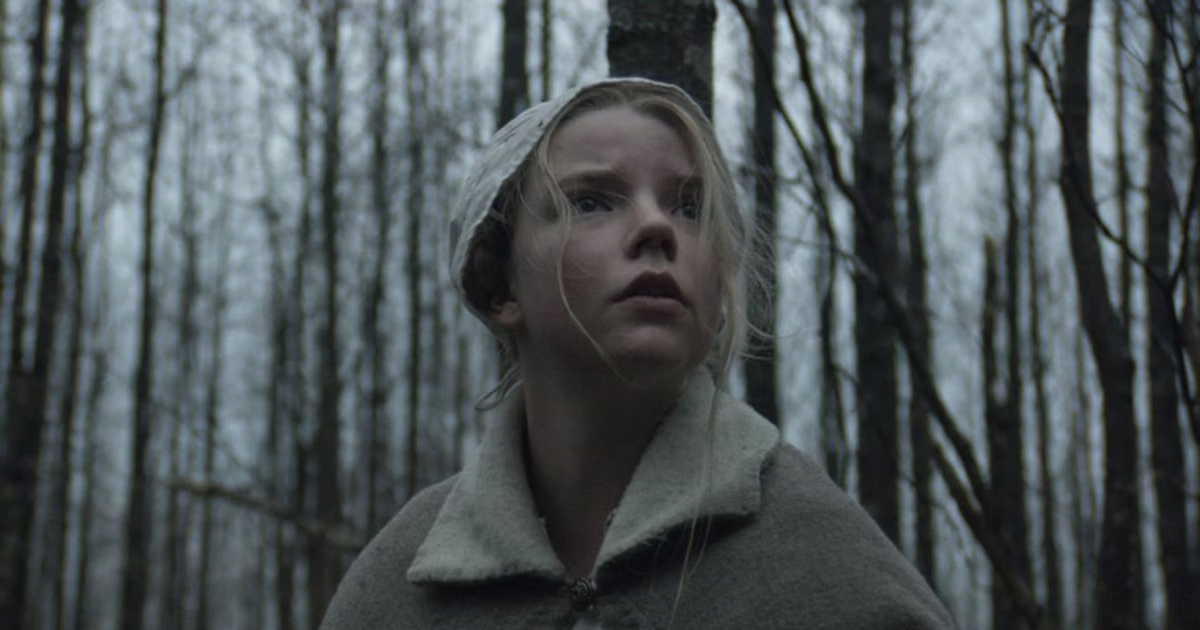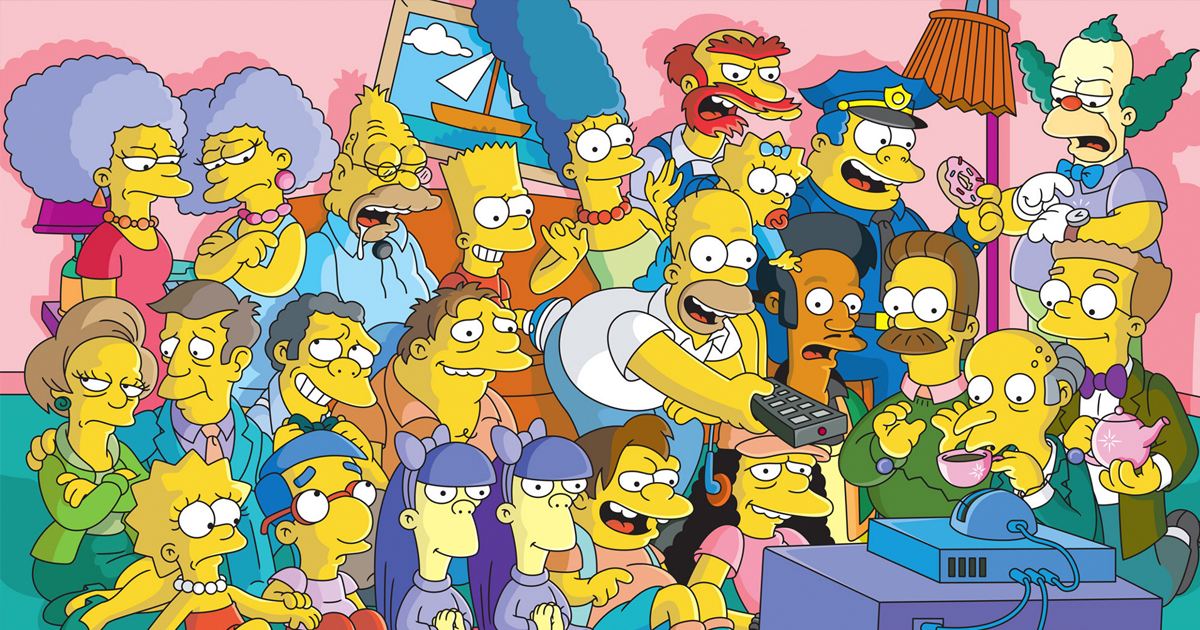A Friendship Born In Queens
Long before fame, Paul Simon and Art Garfunkel were two kids from Forest Hills, Queens. They met in the 1950s, bonded over doo-wop, and idolized the Everly Brothers. By 1957, as Tom & Jerry, they recorded their first hit, “Hey Schoolgirl,” and tasted the first thrill of success together.
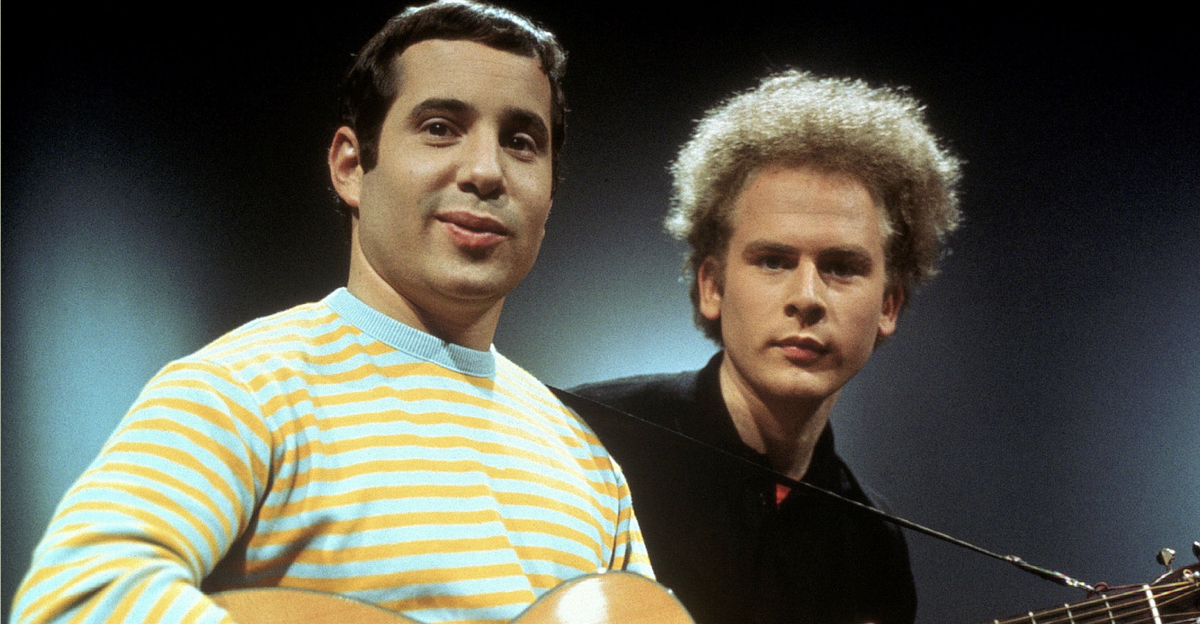
Cracks Beneath Teenage Glory
When Simon secretly signed a solo deal without telling Garfunkel, the betrayal cut deep. That wound—Paul’s independence versus Art’s loyalty—never truly healed. Even as they grew up, that imbalance simmered under every harmony they would later sing.
Finding Their Voice In The 1960s
After college, they reunited as Simon & Garfunkel, blending folk and poetry with haunting precision. “The Sound of Silence” (1965) turned them into reluctant stars. But behind the success, Paul was the restless craftsman; Art, the golden-voiced dreamer. The duo was powerful, yet asymmetrical.
 Columbia Records, Wikimedia Commons
Columbia Records, Wikimedia Commons
Fame And Friction
Albums like Parsley, Sage, Rosemary and Thyme (1966) and Bookends (1968) made them cultural icons. But fame magnified insecurities. Paul wrote, arranged, and obsessed over every lyric, while Art’s ethereal presence drew equal applause. But there was trouble on the horizon.
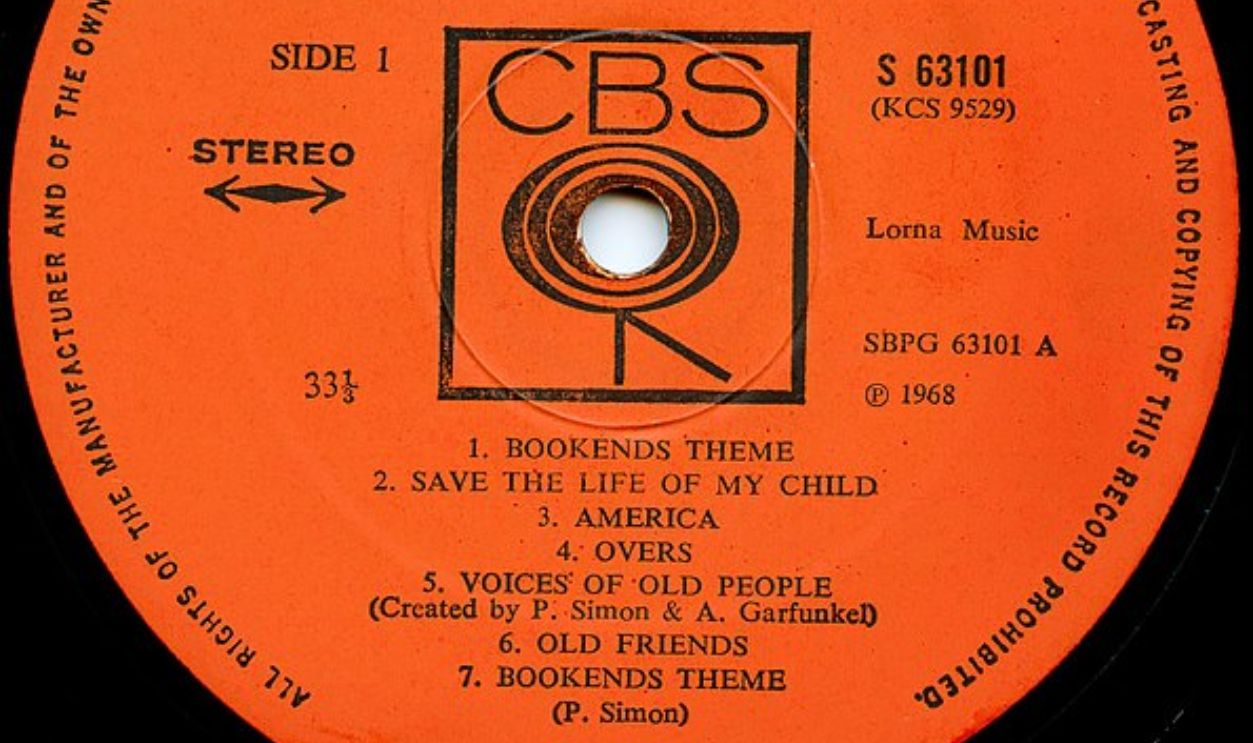 CBS/Columbia Records, Wikimedia Commons
CBS/Columbia Records, Wikimedia Commons
“The Graduate” Changes Everything
In 1967, their songs for the film The Graduate cemented their generational voice. Hollywood, tours, and constant scrutiny left little space for friendship. Simon wanted artistic control; Garfunkel wanted exploration. Both wanted recognition—and both felt the other got more.
Distance On The Horizon
By 1969, Garfunkel took an acting role in Catch-22 while Simon stayed behind to write. What was supposed to be temporary became symbolic: one friend chasing film sets, the other waiting with unwritten songs. Their paths, for the first time, no longer ran parallel.
 Eddie Mallin, Wikimedia Commons
Eddie Mallin, Wikimedia Commons
Bridge Over Troubled Feelings
Released in 1970, Bridge Over Troubled Water was both a masterpiece and a farewell. Garfunkel’s soaring lead on the title track won worldwide acclaim—but Simon, who wrote it, already knew that their partnership was over.
Simon later shared that the recording process had been a struggle because his relationship with Garfunkel was so tumultuous: "At that point, I just wanted out". They broke up soon after the album’s release.
 Unknown author, Wikimedia Commons
Unknown author, Wikimedia Commons
Life After Harmony
The split left deep emotional residue. Simon’s solo career thrived with Still Crazy After All These Years and Graceland decades later. Garfunkel turned to acting and poetry. They remained linked by history but divided by ego and unspoken regret.
But their story was far from over.
 Matthew Straubmuller (imatty35), Wikimedia Commons
Matthew Straubmuller (imatty35), Wikimedia Commons
Central Park: A Brief Reunion
In 1981, they reunited for the Concert in Central Park, performing before 500,000 fans. The show was a miracle onstage, chaos offstage. Rehearsals turned tense; creative control again collided. The concert revived the music—but not the friendship.
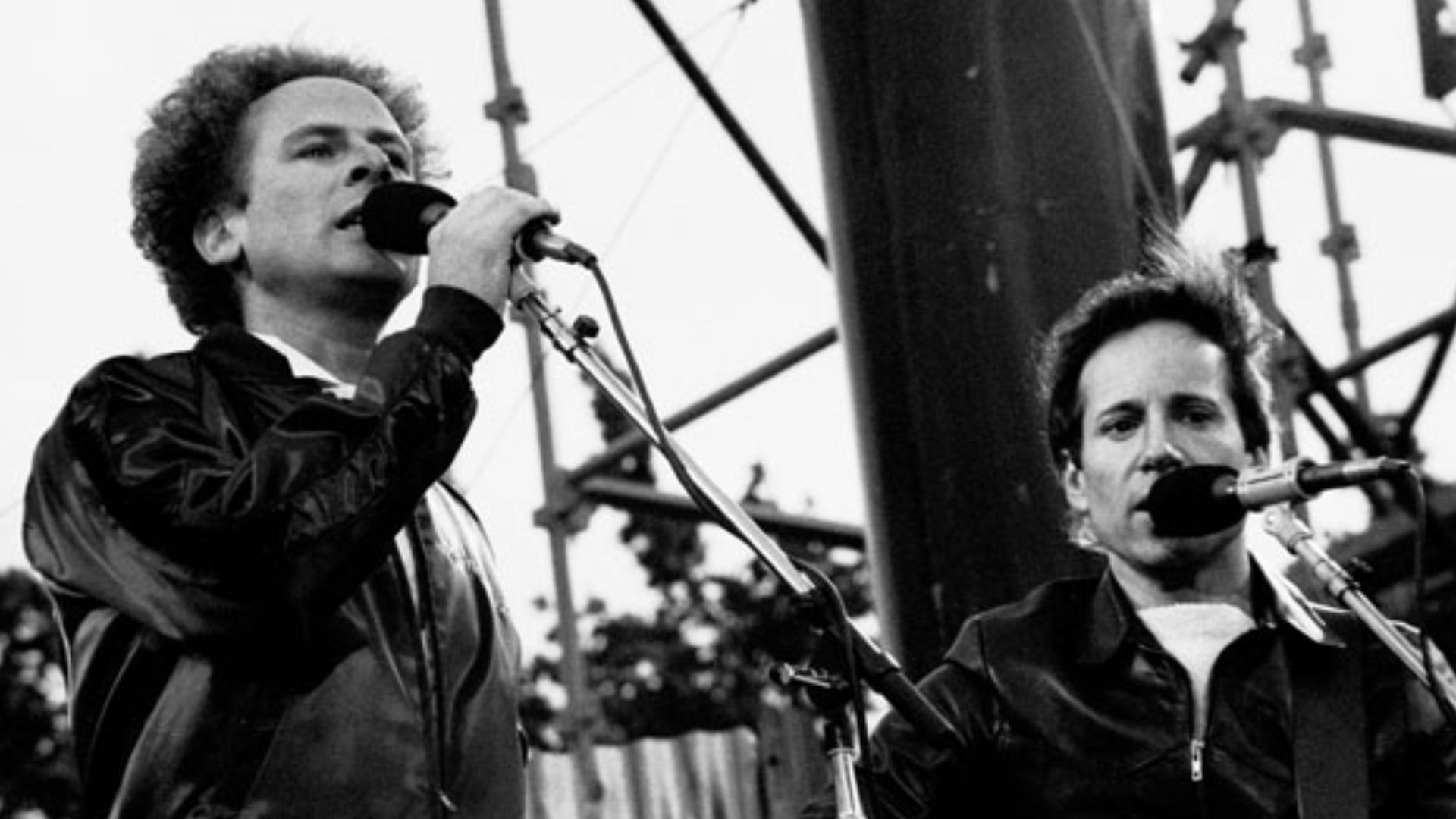 Eddie Mallin, Wikimedia Commons
Eddie Mallin, Wikimedia Commons
The Album That Never Was
Plans to record a new album after Central Park collapsed almost immediately. Disagreements over production and credits turned sessions sour. Some songs meant for the duo ended up on Simon’s solo album Hearts and Bones (1983), deepening the divide.
 Bernard Gotfryd, Wikimedia Commons
Bernard Gotfryd, Wikimedia Commons
A Hopeful Tour
The 1990s brought occasional tours—moments of reconciliation wrapped in old tension. They performed together at the 2003 Grammys and embarked on the Old Friends tour. The music still shimmered, but their relationship just wasn't the same.
 Nationaal Archief, Wikimedia Commons
Nationaal Archief, Wikimedia Commons
A Vocal Cord Nightmare
In 2010, Garfunkel developed vocal fold paralysis, halting a planned tour. The dates were ultimately canceled. Garfunkel's manager estimated that the singer would be in working order within the year, but sadly, this wasn't the case. This health setback only widened the chasm between Simon and Garfunkel.
 alaina buzas, Wikimedia Commons
alaina buzas, Wikimedia Commons
Words That Wounded
By 2015, the bitterness spilled publicly. Garfunkel called Simon a “monster” and agreed that he had a “Napoleon complex". Simon, usually reserved, responded simply that another reunion was “out of the question". The friendship seemed permanently fractured.
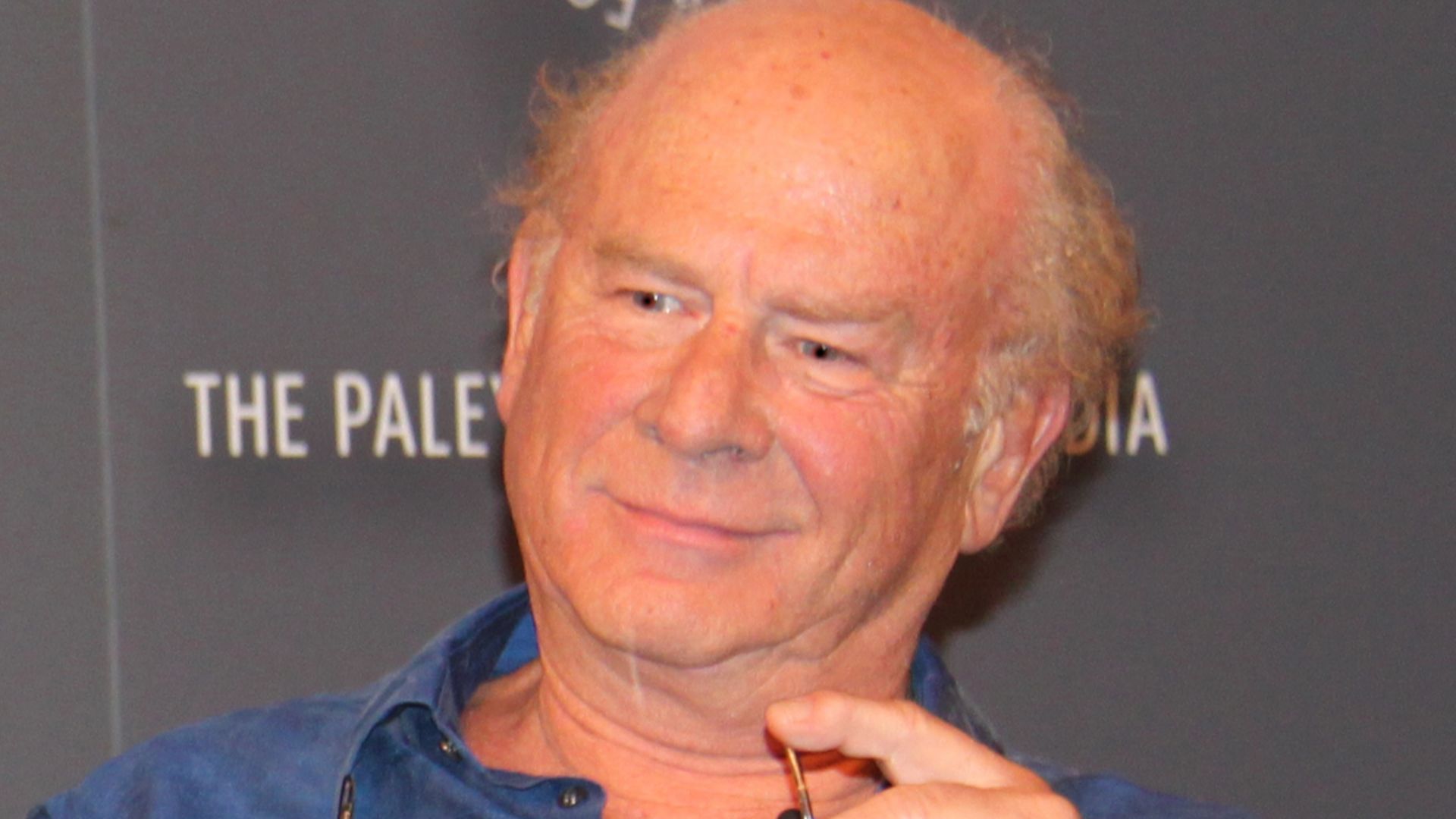 Adam Schartoff, Wikimedia Commons
Adam Schartoff, Wikimedia Commons
Simon’s Perspective
Simon later reflected that the partnership was “uneven". He wrote every song and bore the creative pressure, while Garfunkel often took the glory as lead vocalist. As early as 1972, Simon had felt this way, even telling Rolling Stone, "Artie and I shared responsibility but not creativity".
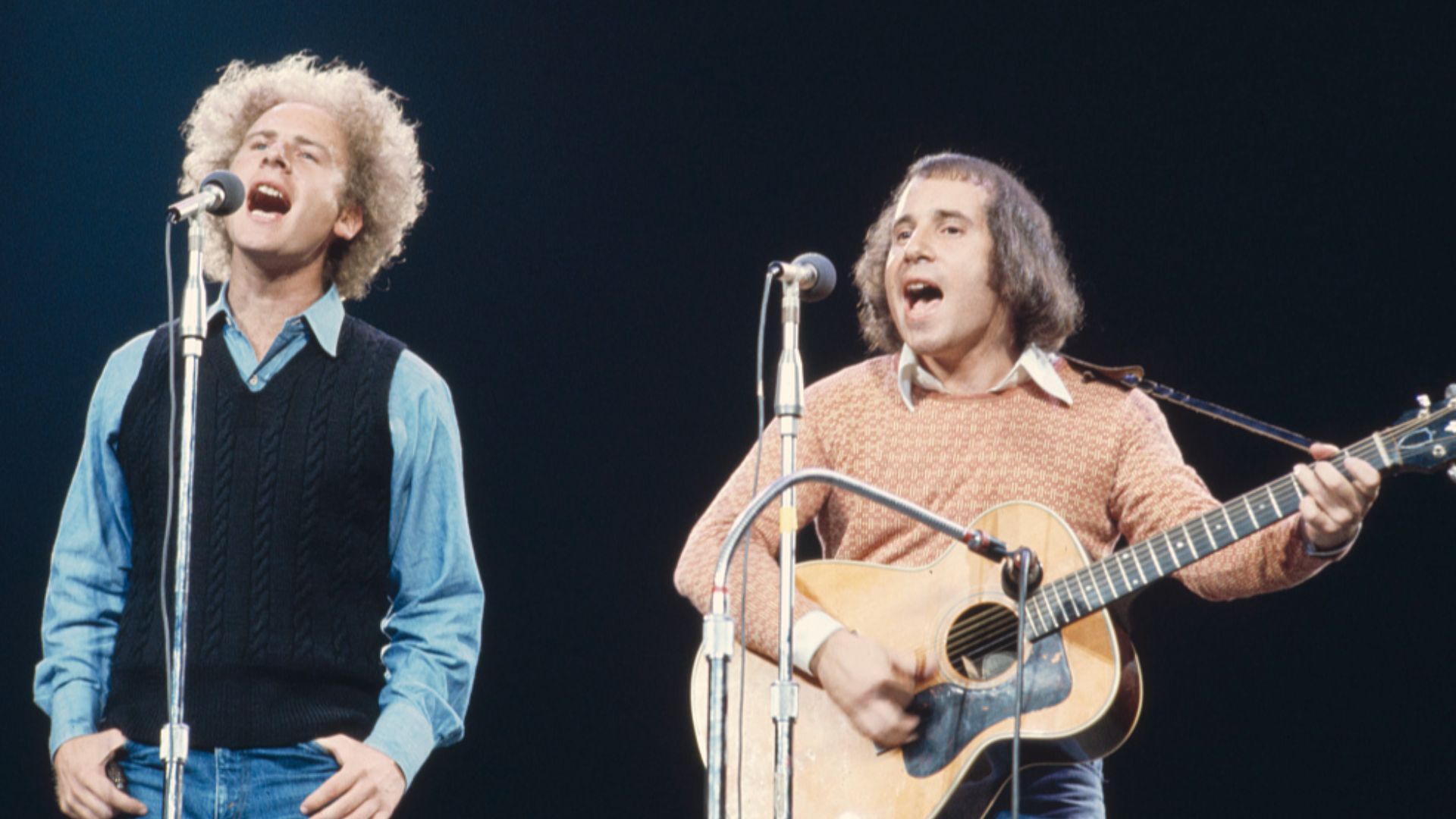 Bernard Gotfryd, Wikimedia Commons
Bernard Gotfryd, Wikimedia Commons
Garfunkel’s Regret
Garfunkel later admitted in interviews that his barbs came from pain: "Looking back, I guess I wanted to shake up the nice guy image of Simon & Garfunkel. Y’know what? I was a fool!" Behind the interviews and bitterness was a longing—for acknowledgment, for friendship, for something that used to be effortless.
When Silence Fell Again
By the late 2010s, they no longer spoke regularly. Paul retired from touring in 2018; he was finally done with being on the road. Garfunkel continued to perform solo. But what seemed glaringly obvious? That the estrangement between them was nowhere close to being overcome.
The Hearing Loss
In 2023, Simon revealed he’d lost most hearing in his left ear, making live performance nearly impossible. Fans mourned not just his condition, but the vanishing hope of a musical reunion.
A Lunch After Years
In 2024, news surfaced of a quiet lunch between the two men. Garfunkel wept, apologizing for past words. He told Rolling Stone, “I hurt him when I spoke to the English press. It brought tears to remember that I had hurt him. It led to a very warm hug … It moved me more than I realize myself. My deep soul connection is so bound with Paul. We had a lot of laughs. We were musicians, but we were jokers".
It wasn’t a headline reunion—just two aging friends recognizing how much time had gone.
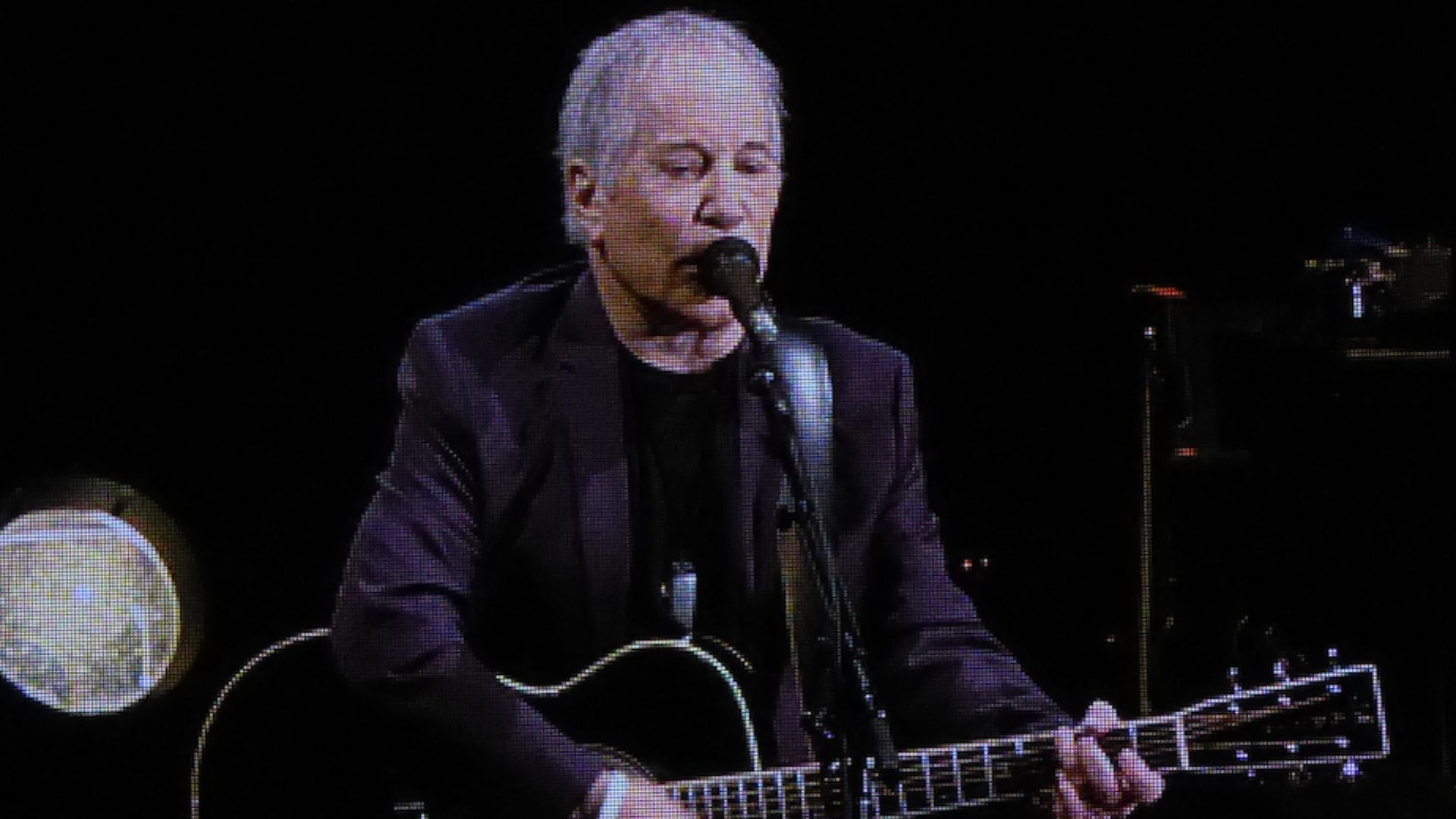 Caterpillar84, Wikimedia Commons
Caterpillar84, Wikimedia Commons
The State Of Things Now
Today, they are not partners in music, but something gentler—occasional friends, at peace with what can’t be fixed. Their harmonies live on, even if they no longer sing them together. Age has done what apologies could not: softened the pride.
The Legacy That Outlasted The Rift
Their friendship collapsed not over music, but over pride, distance, and years of unspoken resentment. Yet their songs—“The Sound of Silence,” “America,” “Bridge Over Troubled Water”—remain eternal testaments to what once was. The harmony lingers, even if the friendship could not.
You May Also Like:
Artists Who Penned Incredible Tributes To Their Parents
Live Performances That Became Unforgettable For All The Wrong Reasons

